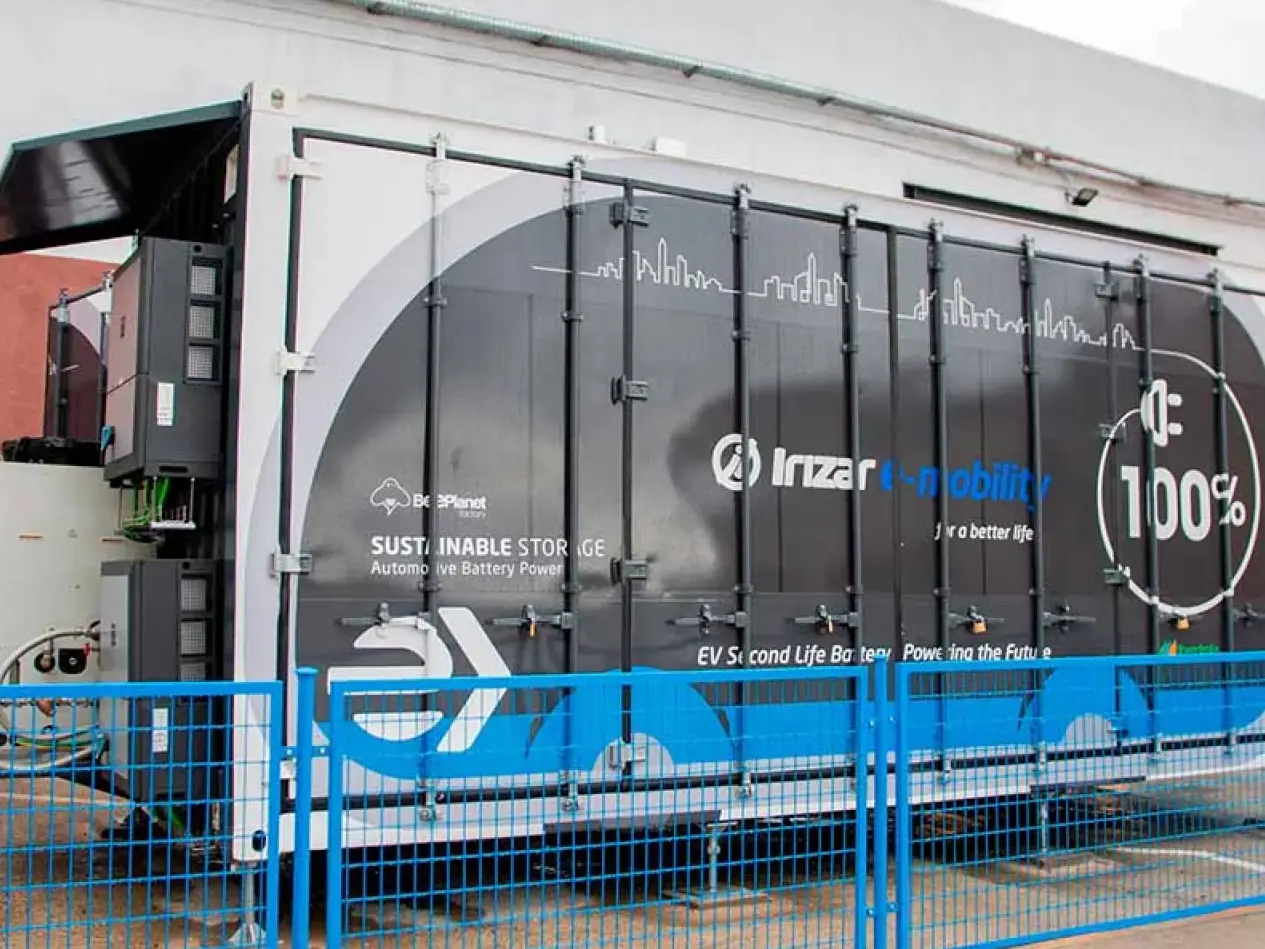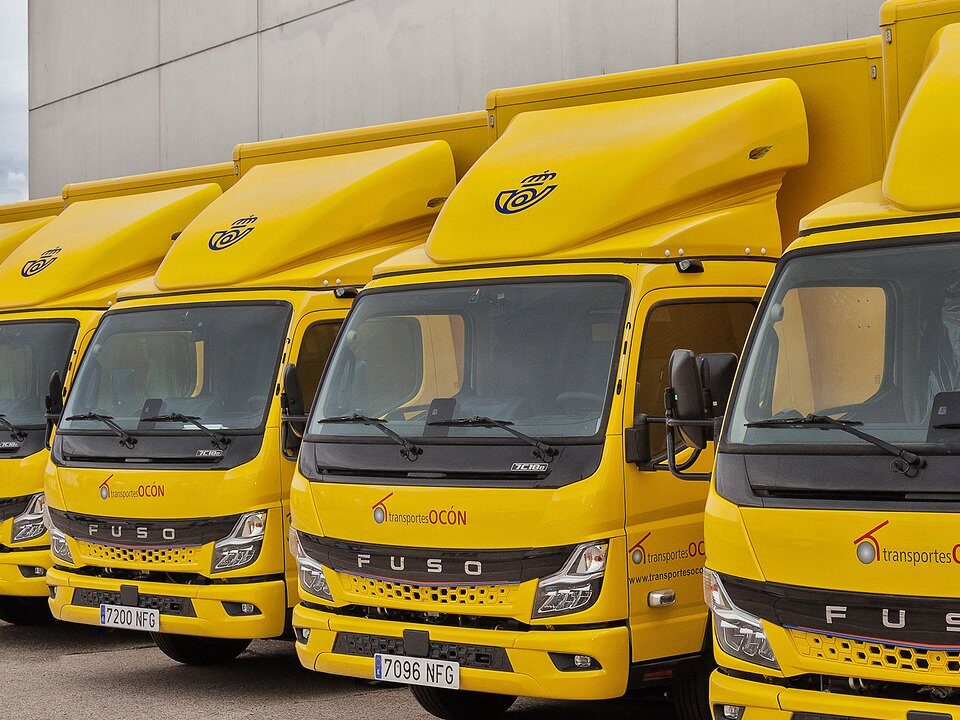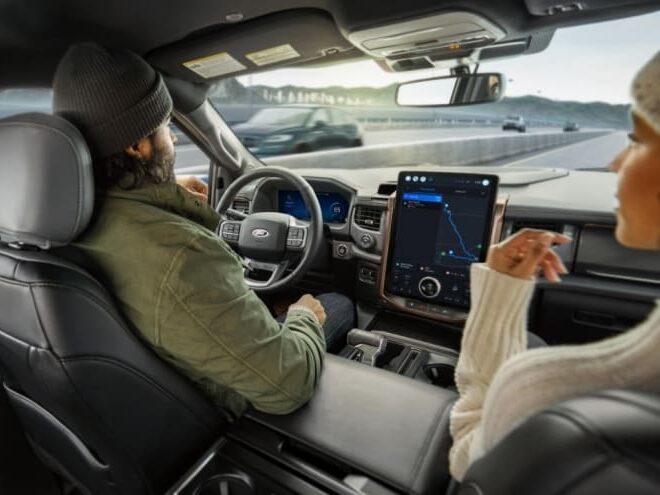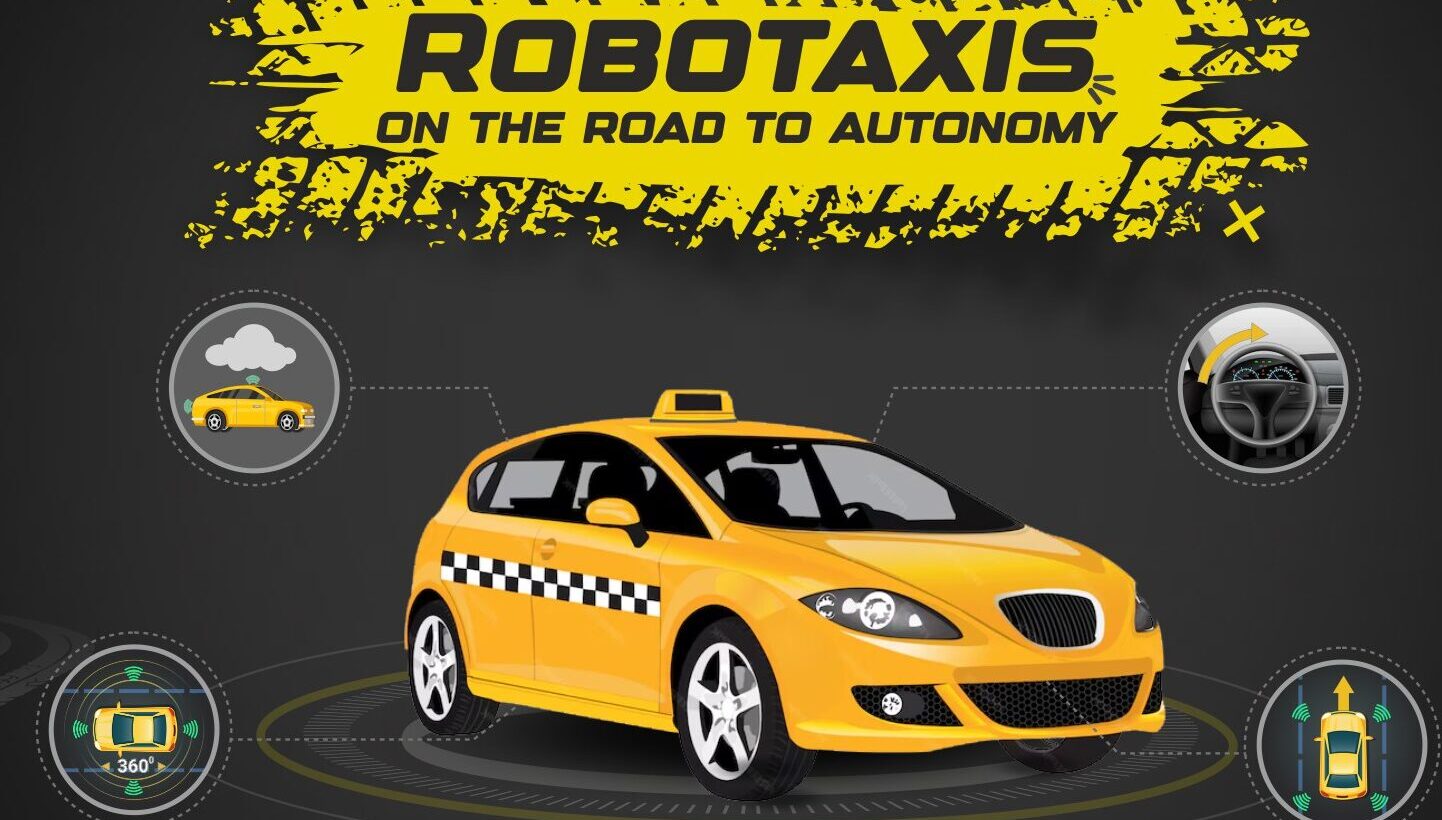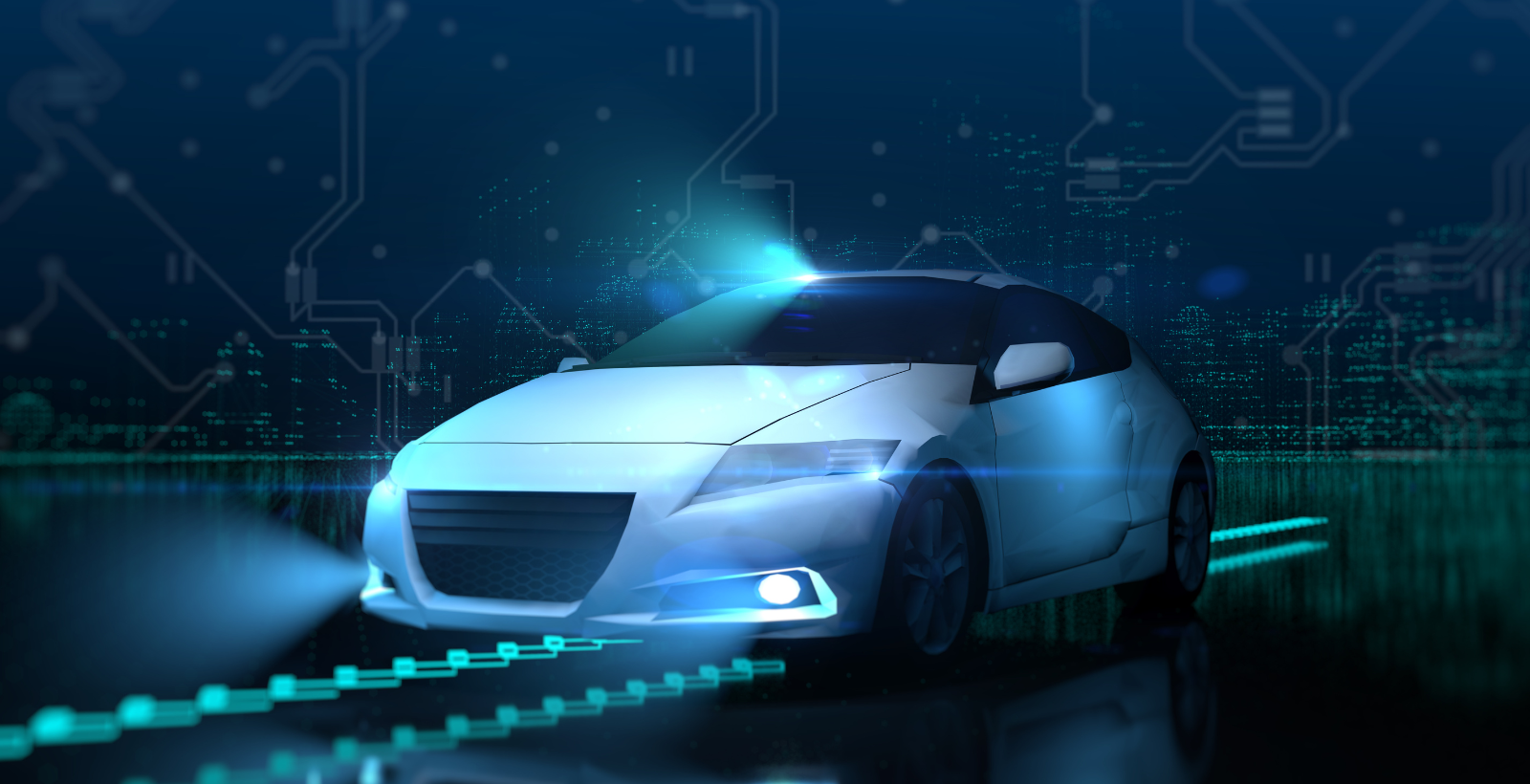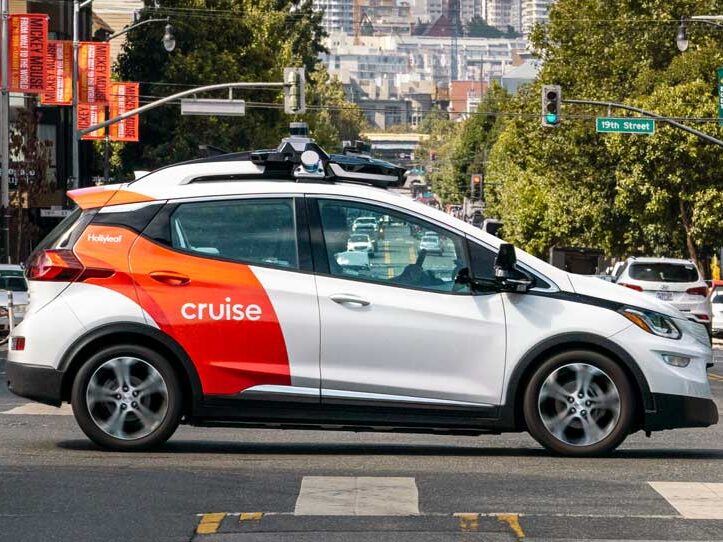In May 2024, industry professionals congregated in Detroit to attend InCabin USA. The event addressed key safety concerns in the automotive industry and explored the latest solutions to help mitigate traffic fatalities.
A longstanding bias in passive safety systems is a pressing issue in the design of automotive vehicles, with features such as seatbelts and airbags typically tested and designed for an ‘average’ adult male. These systems are thus less effective for those who do not fit this mold, including women, children and elderly occupants. As a result, a ‘one-size fits all’ approach creates a lack of equity in safety, with passengers who differ from the ‘standard’ facing a greater likelihood of injury when involved in an accident.

During InCabin, Patrick Laufer, Development Engineer at IAV GmbH, presented several factors that can contribute towards the risk of injuries. For example, people with a high BMI are more prone to neck injuries and damage to extremities, while people with a higher seating position are more likely to experience head injuries.
To address these risks, Laufer highlighted the value of Driver/ Occupant Monitoring Systems (DMS/ OMS) which can detect the body pose, head pose, age, gender, weight and height of occupants within a car. In doing so, their profile can be determined and passive safety features can be adapted to best suit their metrics. Specifically, this technology uses occupant classification to match drivers and passengers to corresponding test dummies and apply the safety systems that have proven to be most effective for their stance.
However, in order to do so accurately, sophisticated solutions are required. This technology surpasses the capabilities of many in-cabin driver monitoring systems (DMS), which are primarily being rolled out to detect impairments such as drowsiness or distraction.
A Consolidated Solution
To effectively integrate adaptive restraint systems into new vehicles, Fabian Windbacher, Lead Deep Learning Engineer, presented emotion3D’s goal of creating a robust single-camera solution for all in-cabin applications. Alongside meeting short-term mandates for driver monitoring, this solution looks ahead to upcoming regulations relating to adaptive restraints.
To capture all occupants, in-cabin solutions need a wider field of view than those focused on the driver. Windbacher noted that currently, a multi-camera solution is a functional way of achieving this; however, this leads to greater costs.
emotion3D therefore aims to offer a single-camera solution that can simultaneously capture multiple features. In doing so, it can provide a more cost-effective and scalable solution for enhancing safety and meeting future regulatory demands.
To address this need, the company showcased its 1-megapixel high field-of-view (FoV) Driver and Occupant Monitoring System (DOMS) at InCabin, which combines active safety, passive safety, and user experience features.
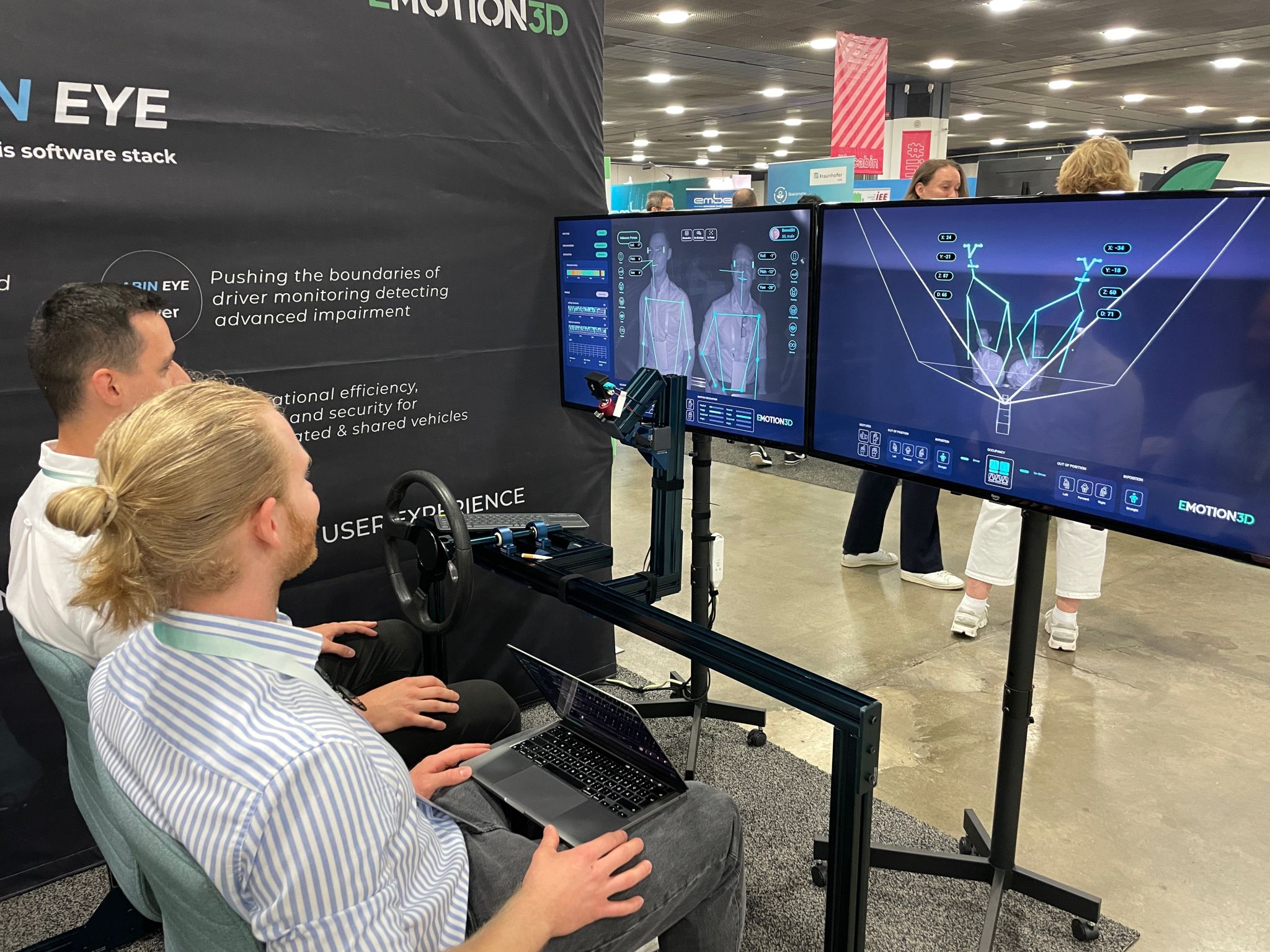
In line with the vision for observing more than just the driver, Patrice Roulet-Fontani, VP Technology & Co-Founder at ImmerVision, presented ImmerVision’s wide-angle camera designs that can capture the whole cabin with a single lens.
Alongside providing a wider field of view, this technology stacks optical elements to magnify the driver’s face and ensure high resolution of the eyes to optimise the accuracy of driver monitoring.
In doing so, the solution can simultaneously meet the needs of both driver and occupant monitoring.
Depth Sensing
In addition to capturing more of the cabin, sensors that inform passive safety systems also need to provide more data than DMS, including depth data. This allows the systems to offer an exact view of the position of the occupants inside the cabin in safety-critical cases, such as for informing the precise, effective deployment of an airbag depending on the occupant’s profile and position.
At InCabin, Henrik Lind, Chief Research Officer at Smart Eye highlighted that this function surpasses the abilities of traditional infrared illumination, which captures a two-dimensional image for driver monitoring.
Instead, Smart Eye’s technology combines 2D images with depth-sensing technologies, such as indirect Time of Flight (iToF) and structured light, to create accurate 3D representations of the vehicle’s interior. This enables precise measurement of the distances between people, objects and other surfaces within the cabin. As a result, adaptive systems can customise key safety measures for each occupant, such as airbag deployment.
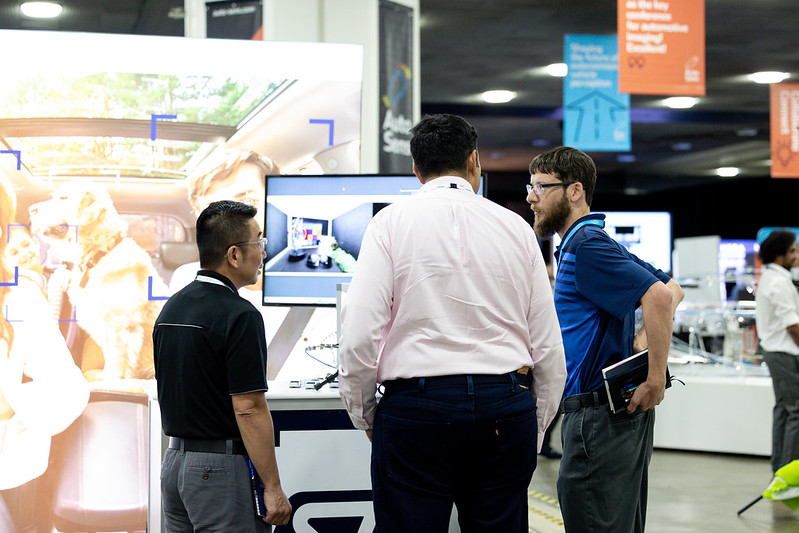
To optimise these capabilities, Bahman Hadji, Segment Lead at onsemi highlighted the need to smartly deploy a combination of sensing technologies, integrating imaging and depth output.
For example, onsemi’s technology employs radar and iToF sensors for depth sensing and presence detection. Here, radar detects the presence of occupants while iToF provides precise location and movement data.
This combination provides a comprehensive view of the cabin and ensures that all safety measures are accurately informed by real-time data.
The use of both technologies provides greater reliability and accuracy, as each system can validate and complement the data from the other. This is crucial for critical safety applications, where accuracy is paramount.
With these developments, InCabin USA highlighted significant advancements in automotive safety, addressing the need for more equitable and adaptive passive safety systems. By providing consolidated and integrated sensing technologies, key players in the field are working to provide real-time, personalised safety measures in a functional and cost-effective manner. This will ultimately help reduce fatalities and serious injuries caused by traffic accidents.



